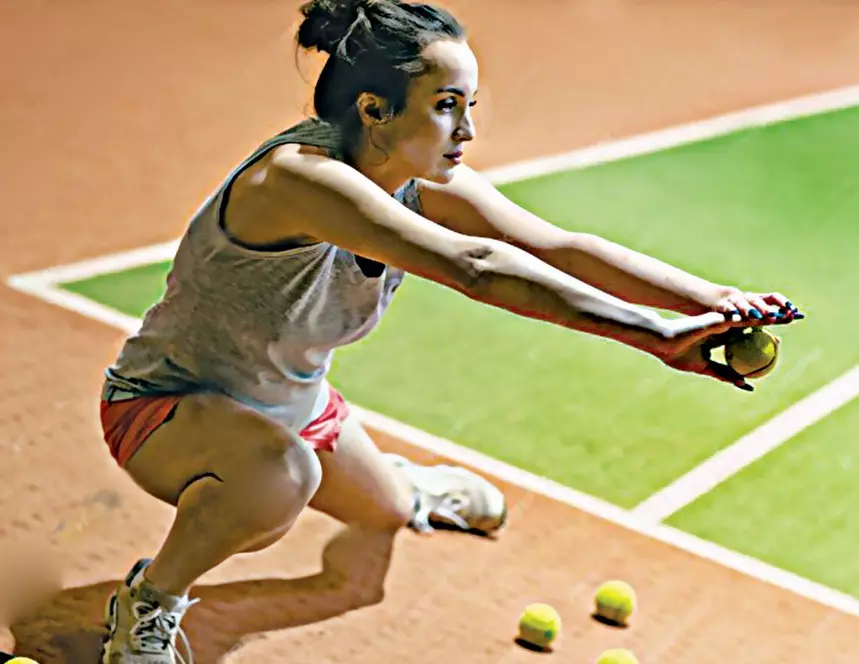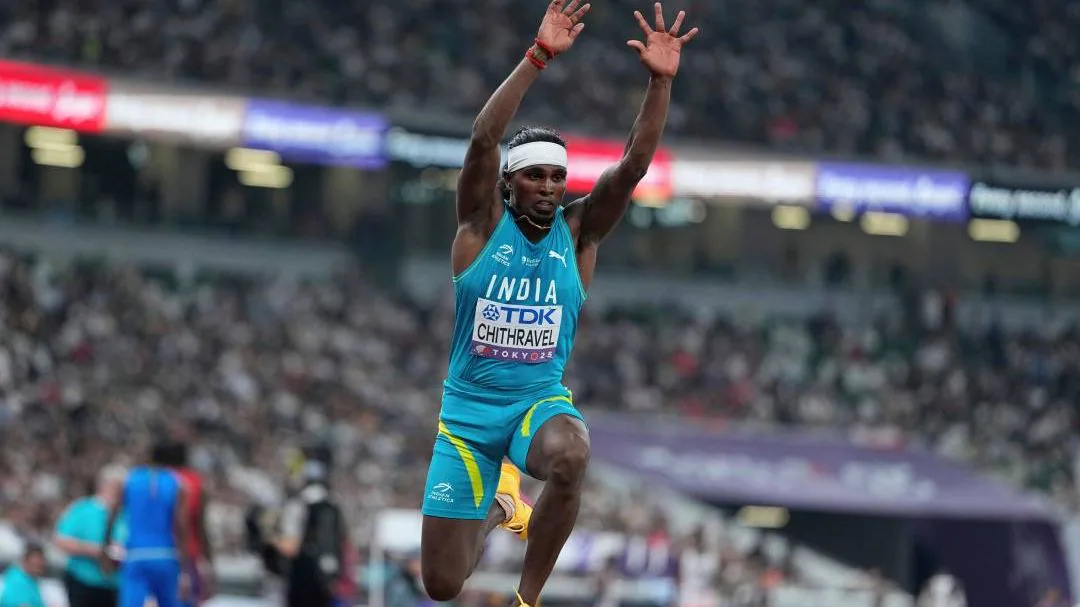By Purnima Goswami Sharma
Copyright deccanchronicle

Tennis balls are having a second life beyond the tennis court. Many fitness freaks are using the quintessential green tennis ball as an exercise tool. Tennis ball exercises are an easy way to relieve everyday aches at home, work, or on the go. No wonder it has become a new-age fitness trend. Once mainly used in physiotherapy for rehabilitation, they are now being adopted for everyday workouts. Simple & EffectiveTennis ball exercises improve flexibility, strength, and relaxation. It is a handy tool for self-massage and strengthening exercises. It can be used at your desk to ease stiffness, correct posture, and relax tight muscles. It helps improve balance, coordination, flexibility, and pain relief by targeting pressure points and muscles. “It is commonly used for foot pain, wrist strain, back stiffness, knee discomfort, and shoulder tension. Its small size makes it ideal for reaching deep tissues, easing muscle knots, and enhancing mobility in multiple body parts,” says Dr Anup Khatri, senior Consultant- Orthopaedics, Gleneagles Hospital, Parel, Mumbai. One of the most popular uses for a sports ball is Self-Myofascial Release (SMR), known as Self-massage. It is a technique that helps to relieve muscle tension, improve blood flow, and release trigger points (or ‘knots’). “The tennis ball’s firm but slightly pliable surface allows the user to apply targeted pressure to specific, hard-to-reach muscles. Using a tennis ball for self-massage engages the body’s natural pain-blocking systems. It encourages muscle relaxation, breaking the cycle of discomfort and tension. As a result, mobility improves and the body’s own healing responses are activated, making the tennis ball an effective tool for managing pain and promoting overall recovery,” states Dr Manish Rana, Physio-therapist, Director, Sports Develop-ment and Performance Paralym-pic Committee of India. Serve It, Win ItThe tennis ball aids healing and pain relief through a blend of mechanical and neurological mechanisms. When applied to a sore area, the ball exerts pressure on the soft tissues, which releases muscle knots and restrictions. “Tennis balls are effective in tightening muscles during exercise routines. Using a ball as an external tool encourages the body to contract and engage targeted muscle groups with intensity, leading to improved muscle tone and firmness,” adds Dr Manish. Balance & CoordinationIncorporating a sports ball into your training can improve your proprioception, the body’s ability to sense its position in space, and overall coordination. Exercises like standing on a balance board while catching and throwing a sports ball challenge an athlete’s core stability and balance. “Squeezing a firm ball aids in building and maintaining the grip strength needed for multiple sports like climbing, racket sports, or powerlifting. Simple wall-ball drills or juggling can sharpen reflexes and improve the neural pathways that govern quick reactions, which enhances one’s hand-eye coordination,” adds Dr Manish. Craft The PlayDo not use a worn-out, shapeless ball. Begin with sessions of 2-5 minutes per area and gradually increase the duration as your body becomes accustomed to the technique. “When using a tennis ball for exercise, apply gentle, controlled pressure and avoid overdoing it on painful or inflamed areas. Always maintain good posture and breathe steadily during the activity. If pain worsens or discomfort persists, stop immediately and consult a doctor or physiotherapist,” says Dr Khatri. No longer a specialised therapy, fuzzy ball tennis is now integrated into fitness sessions of self-care. Palak Dengla, Chief Physio-therapist, Aster RV Hospital, says, “The most underrated fitness equipment — the tennis ball is revolutionising physiotherapy clinics and home wellness routines.” With improvement rates in chronic pain management and growing scientific backing, tennis ball therapy is not just a trend, a revolution that is here to stay. Ball Please! • Shilpa Shetty performs a set of flutter kicks with a tennis ball to strengthen abdominal muscles, boost control, coordination and core endurance. • Cricketer Rohit Sharma’s childhood coach, Dinesh Lad, hails the importance of tennis-ball cricket in a cricketer’s formative years and the potential the league holds for players. • Roger Federer practises volleying the tennis ball to a partner, as it helps his balance and hand-eye coordination. • Manny Pacquiao does tennis ball drills to improve his hand-eye coordination, reflexes, and agility for boxing. • Brad Pitt used tennis ball training to prepare for his role in the movie F1. It helps improve grip and control of the steering wheel. NET GAINS (Courtesy Palak Dengla, Chief Physiotherapist, Aster RV Hospital) 1. Foot Pain (Plantar Fasciitis) • Roll the ball under the foot to stimulate and loosen tight…



